The Caucasus is the most southeastern corner of Europe, a rather remote and unknown region of the world. This is where Europe meets the Middle East and Western Asia, a world away from other European areas like Scandinavia, the U.K., and even the Balkans.
This mysterious—some might also call it exotic—part of Europe consists of four Caucasus countries: Armenia, Azerbaijan, Georgia, and Russia.
Many people know very little about this region. In fact, in the case of Americans, the term “Caucasian” might be the most familiar thing since that word is often used as a synonym for white ethnicity or race in the United States. For various reasons, that’s not actually correct. For one, most Caucasian people aren’t white at all. We’ll talk a bit more about cultural and ethnic diversity in the Caucasus later on.
If you don’t feel like reading some factual background and information about Caucasus travel, feel free to skip the next couple of sections. You can head straight to the Caucasus countries overview of the best places to visit in the Caucasus sections. We’ve got a brief overview below for those interested in the fascinating diversity of this underrated region.
Skip Ahead To My Advice Here!
Diverse In Its Diversity
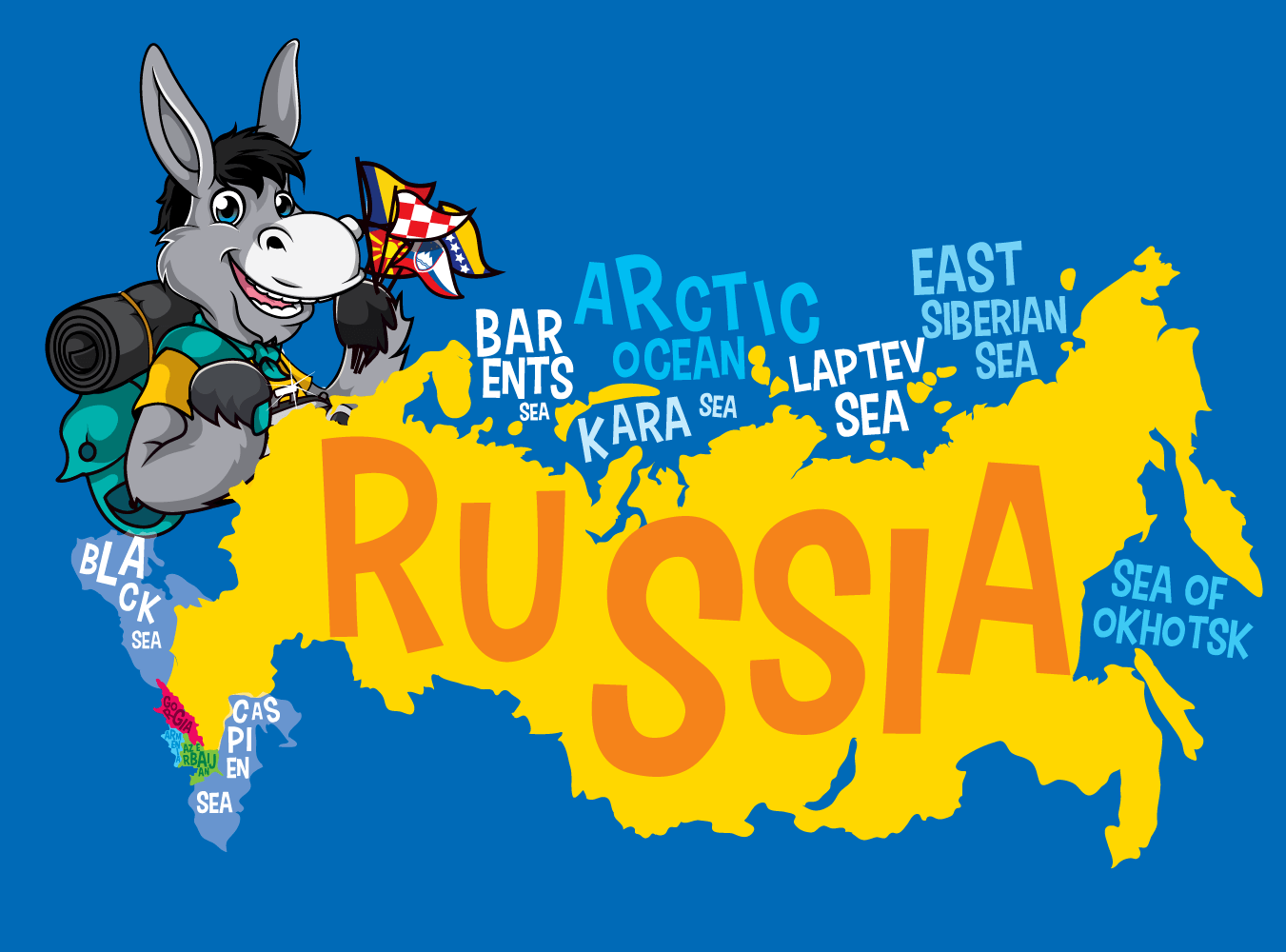
Although it’s a rather small region, there are all kinds of diversity going on. First of all, it’s exceptionally diverse geographically, being squeezed between the Black Sea and the Caspian Sea and crossed by the Caucasus Mountains.
Caucasus Geography
The Caucasus Mountains are, in fact, divided into two separate mountain ranges. The Great Caucasus Mountains (also North Caucasus or Ciscaucasus) are mainly in Russia and widely considered to be the natural border between Eastern Europe and Western Asia. This majestic mountain range is home to Mount Elbrus, with its height of 5,642 meters, the highest mountain in Europe. The Lesser Caucasus Mountains (South Caucasus or Transcaucasus), on the other hand, parallel that imposing range and run through Georgia, Armenia, and Azerbaijan.
Additionally, there are also fertile valleys and wine regions, and seaside resorts in the Caucasian Riviera.
Caucasus Languages
The Caucasus is also immensely diverse in terms of languages. It’s one of the most linguistically different and complex regions on Earth. More than three major language families are present, including Indo-European, Turkic, and Semitic. Each of those has numerous regional languages and dialects.
The lingua franca in the Caucasus is Russian. Still, you’ll undoubtedly find plenty of English-speaking people in the major tourist destinations listed later in the Caucasus travel blog post as well.
Caucasus Cultures
More than 50 different ethnic groups live in the region, which has caused severe political frictions in the past—and still does in certain areas today. Although there are only four independent Caucasus countries, there are many other nation-states that want to be independent or at least autonomous. Many of them are autonomous right now.
In this part of Russia alone, there’s Dagestan, Chechnya, Ingushetia, Krasnodar Krai, and Stavropol Krai, among several others. Three regions specifically currently claim their independence, although only a few other countries recognize them. They are South Ossetia, Artsakh, and Abkhazia.
This is, however, just some background information for you. You can look at this in two different ways. One, you may avoid visiting the Caucasus countries because some small parts of it are politically turbulent (the vast majority is not!). Two, you can seize the fantastic opportunity to put together an eye-opening trip to one of the world’s most culturally, geographically, and linguistically diverse regions.
All curious travelers will consider the latter option to be the most valuable. In case you’re not entirely sure if traveling in the Caucasus countries is safe enough, we can tell you that it is! All popular tourist destinations in the Caucasus are relatively well-traveled.
There are just some areas where you shouldn’t go as a tourist. We’ve listed those at the end of this post. Just avoid them, and you’ll be just fine.
Overview Of The Caucasus Countries
In this Caucasus country overview, we’ll discuss each country in a bit more detail, including a brief description and some of its top attractions.
Armenia
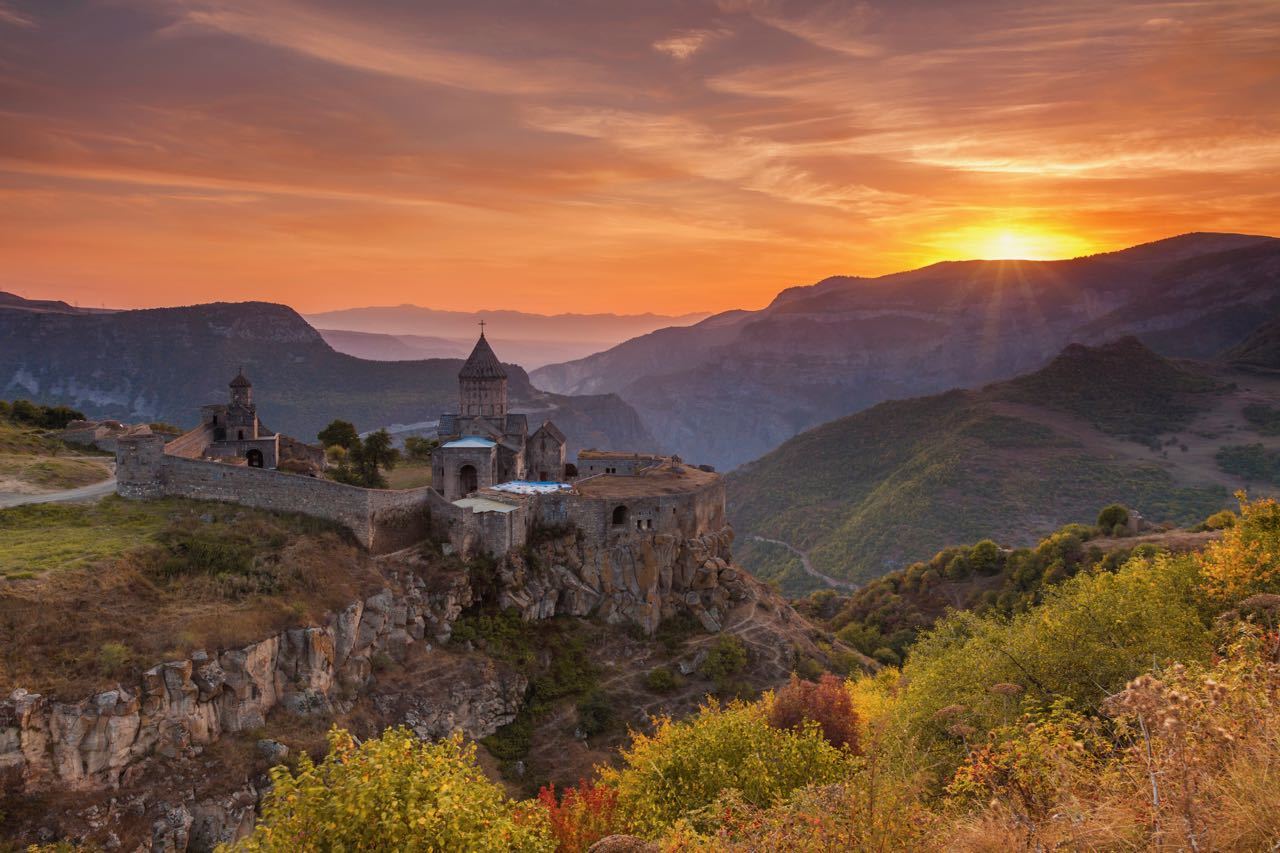
Encompassing the Armenian Highlands in the north and the Lesser Caucasus Mountains in the south, landlocked Armenia is a prime example of a mountain country. About 90% of the country lies at an elevation of 1,000 meters or more. It boasts spectacular mountain scenery, canyons, and valleys.
Historically and culturally, too, Armenia has a lot to offer. Its civilization is literally millennia-old, while its bustling capital city of Yerevan is one of the most modern cities in the region. Talk about contrast! Armenia has impressive UNESCO World Heritage Sites and a long religious history. (It was the first country in Europe to make Christianity the official national religion). Additionally, the Armenian people are among the friendliest and most laid-back you’ll ever meet on your travels.
Top tourist destinations and attractions in Armenia include the cities of Yerevan and Dilijan, the Cathedral of Echmiadzin, and the Tatev and Khor Virap monasteries.
Azerbaijan
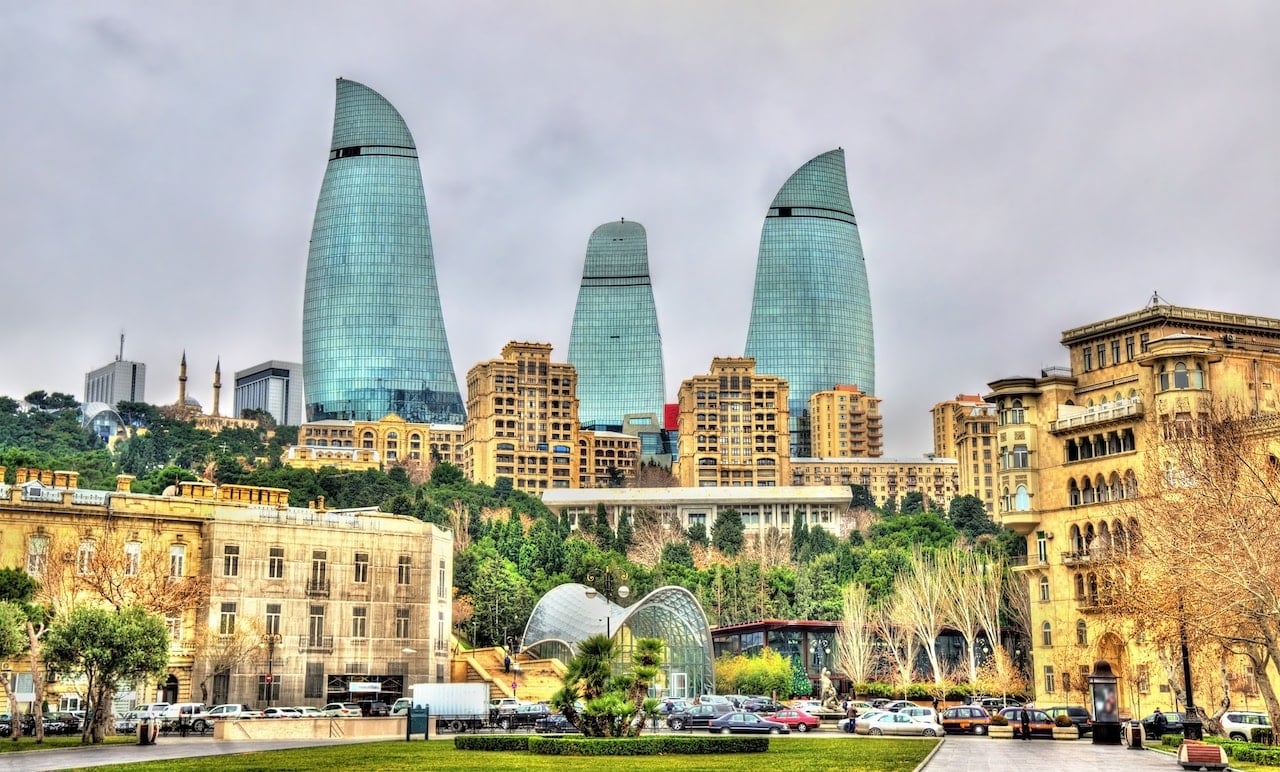
Situated on the shore of the Caspian Sea while also being home to part of the Lesser Caucasus Mountains, Azerbaijan is one of the most geographically diverse countries in the world. To illustrate this fact, it suffices to say that no fewer than 9 of the 13 different climate zones on the planet are found in this rather small nation.
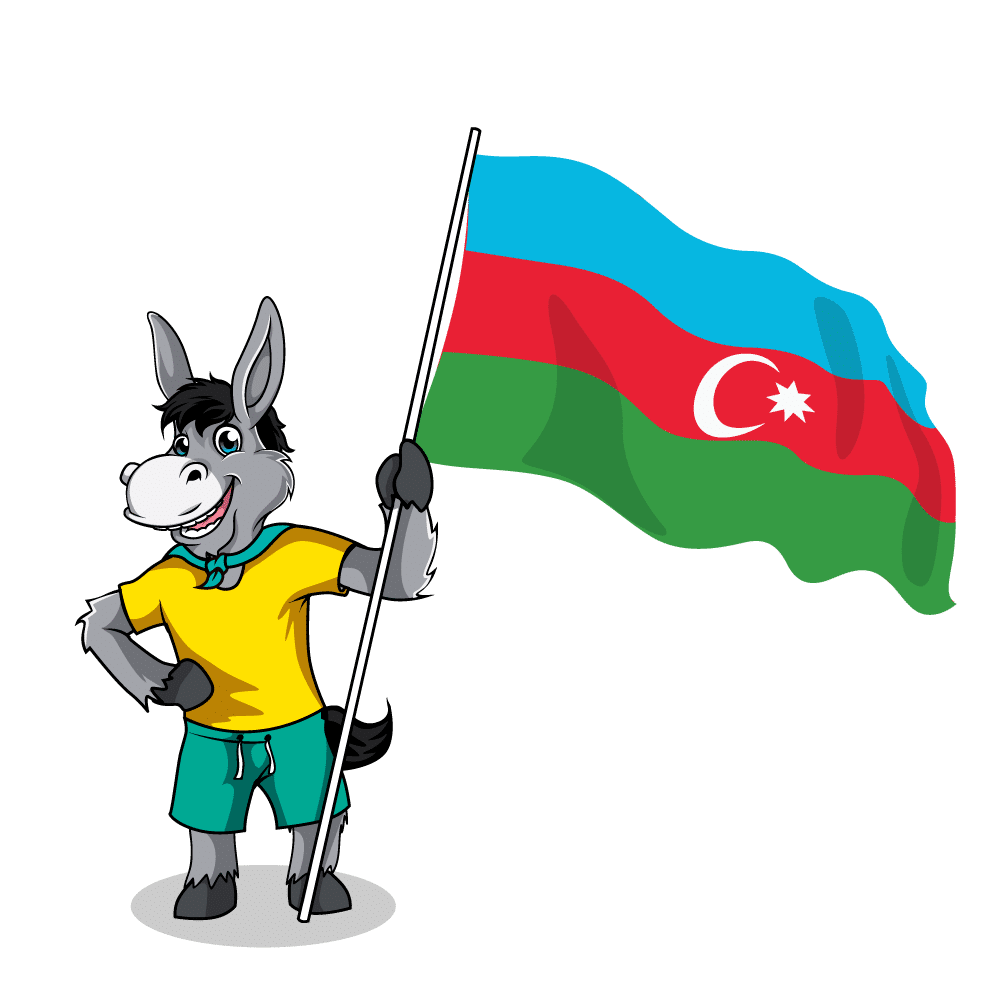
Azerbaijan is also by far the richest of the smaller Caucasus countries. This is thanks to its vast oil fields, most of which are around Baku’s wealthy capital city near the Caspian Sea. In fact, oil has played a pivotal role in this country’s economy for over 2,000 years. Marco Polo also reported how the locals harvested oil in pits and transported it several centuries ago.
Due to many centuries’ worth of foreign influences—Turkish, Arab, Russian,…—Azerbaijan is rich in various architectural styles, different cuisines, and many cultural aspects.
Highlights in Azerbaijan are the Palace of the Sheki Khans, the ultra-modern architecture in Baku, and the ancient Gobustan Petroglyphs.
Azerbaijan Travel Blog Posts
- Visit Azerbaijan Today & Check Out Xinaliq
- Best Things To Do In Azerbaijan
- Best Things To Do In Baku
- How To Travel To The Autonomous Republic Of Nakhchivan
Georgia

Situated in the heart of the Caucasus, Georgia is the most visited of the Caucasus countries. This is yet another country that features a wide variety of landscapes. From the palm tree-lined Black Sea coast to some of the world’s oldest wine regions and the towering peaks of the Caucasus Mountains, you’ll find plenty of scenic destinations in Georgia.
It’s also an extremely culturally diverse nation, home to no fewer than 26 different ethnic groups. The Georgian people, in general, are passionate and welcoming, intensely dedicated to preserving their ancient traditions and culture.
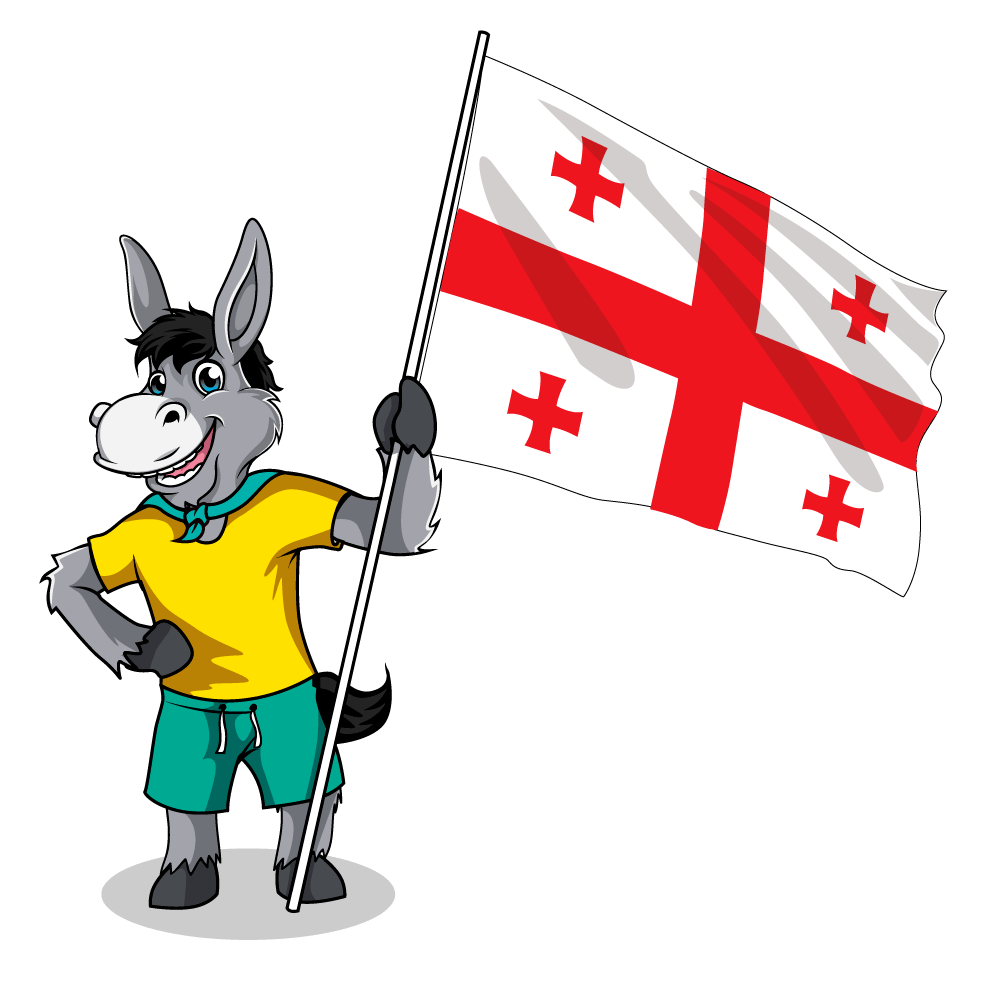
Besides its undeniable natural beauty, Georgia also has a vast number of cultural sights. Many of those are religious buildings, such as monasteries, churches, and cathedrals. Some of them are designated World Heritage by UNESCO and are truly spectacular sights. The Caucasian Riviera on the Black Sea, on the other hand, is home to great beaches and fun seaside resorts such as Batumi. Its capital, Tbilisi, is among the greatest cities in the Caucasus.
Georgia Travel Blog Posts
- Top Things To Do In Tbilisi
- 5 Adventurous Things To Do In Georgia
- What To See & Do In Vardzia: A Weekend Itinerary
- The Best Things To Do In Batumi
- Best Places To Visit In Georgia
- Explore Georgia’s Svaneti Region
Russia
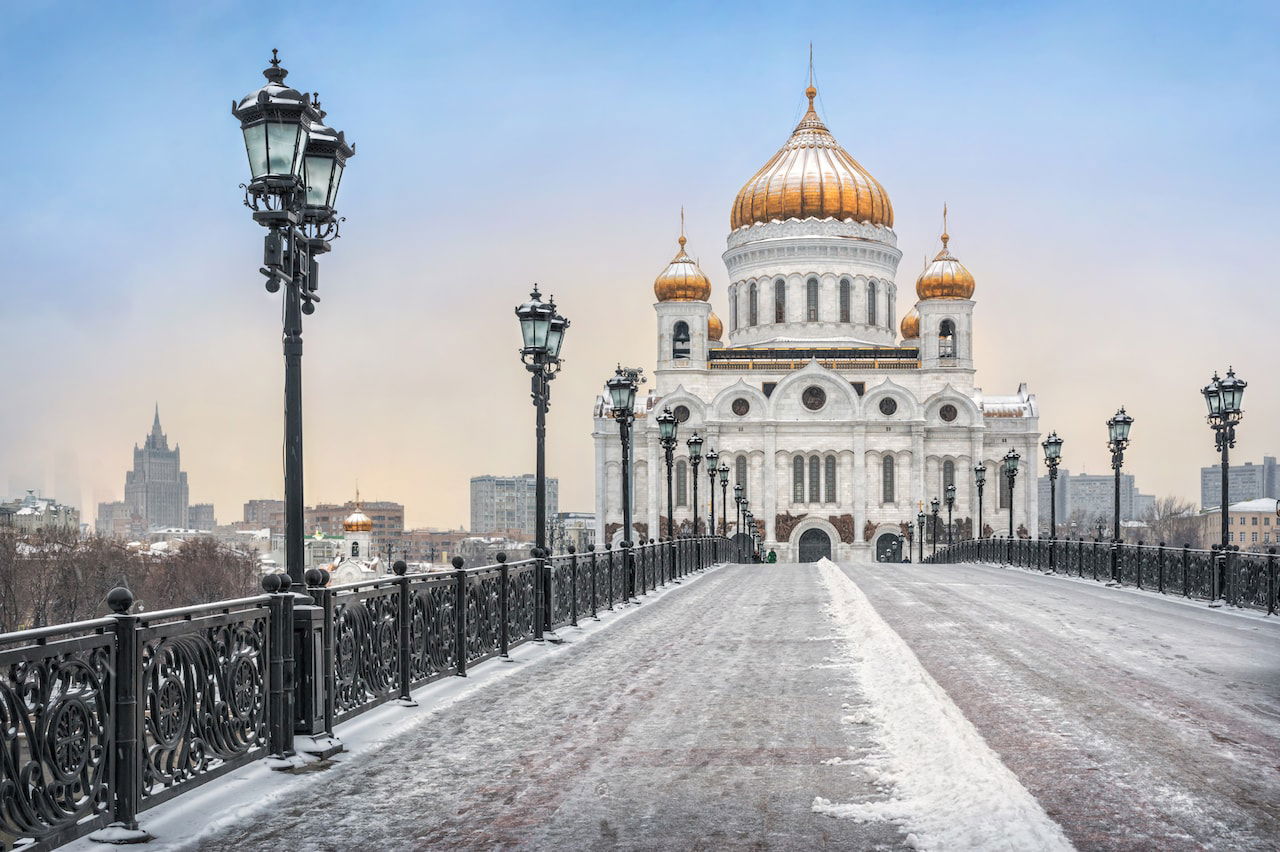
Although the Russian Caucasus is an absolutely beautiful region, decades of violence and political unrest have made much of it a pretty undesirable travel destination at the moment. That’s really too bad, since its striking hilltop villages, spectacular river canyons, and towering mountains have tremendous tourism potential.
You’re advised to focus on the western part of this Russian region, which is home to Mount Elbrus, Europe’s highest mountain, as well as the subtropical Caucasian Riviera. A major destination is the city of Sochi on the Black Sea coast, famous for hosting the 2014 Olympic Winter Games and being one of the host cities during the 2018 FIFA World Cup.

The Dombay Ski Resort is a popular winter sports destination in the Greater Caucasus Mountains.
Russia Travel Blog Posts
- A Guide To The Trans-Siberian Railway
- Best Places To Visit In Russia
- The Best 2 Week Russia Itinerary
- What’s So Great About Russia? Know Before You Go!
Brands We Use And Trust
Caucasus Travel Guide: Where To Travel In The Caucasus
Having covered all four Caucasus countries above, let’s now zoom in on the individual best places to go in the Caucasus. These range from cities and mountains to buildings and other historic sites.
Tbilisi, Georgia
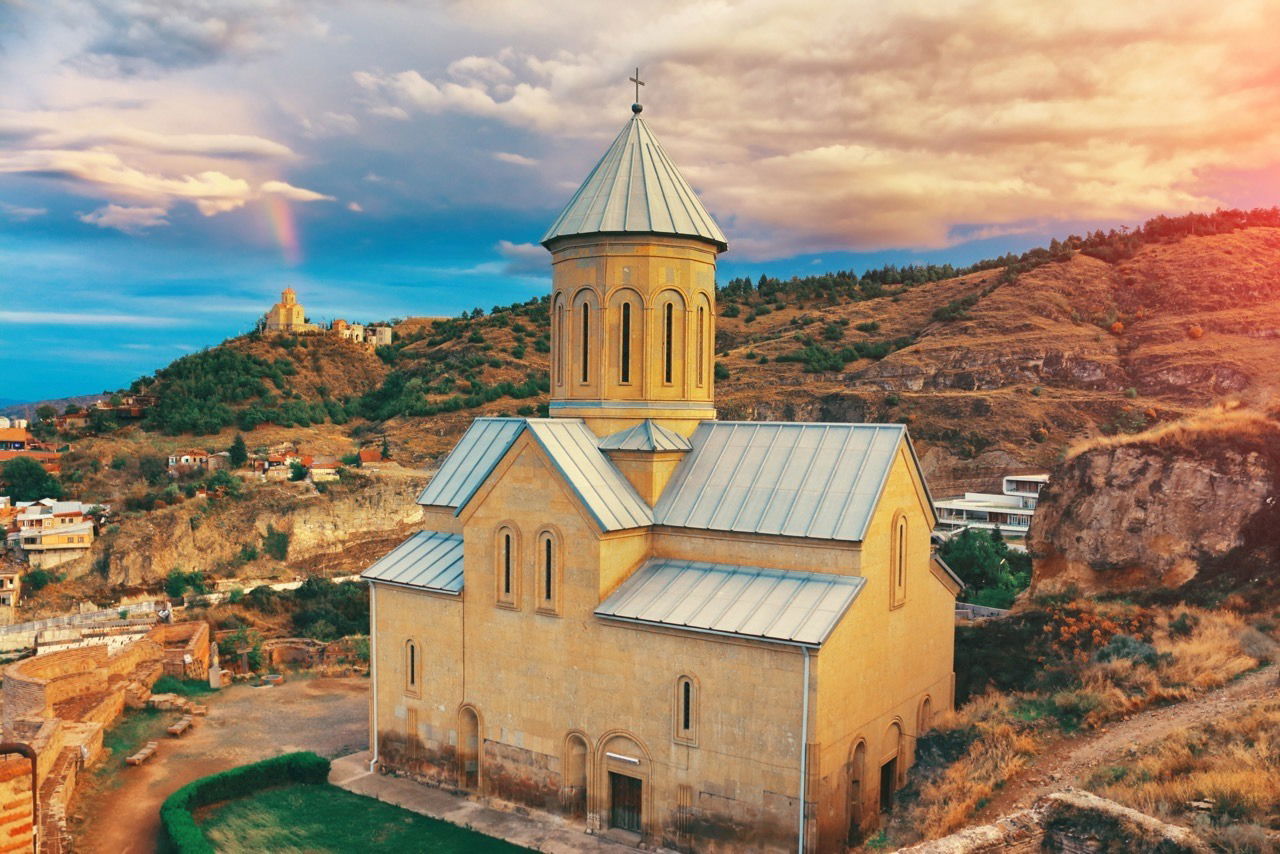
Historically and geographically, the very heart of the Caucasus, Tbilisi is Georgia’s capital and largest city. Under Russian rule, this was the administrative seat in the region for over a century. Nowadays, it’s simply a gorgeous city in and out. It boasts eclectic architecture, numerous landmarks, and museums, while its surrounding landscapes consist of mountains and wineries.
As far as Caucasus travel tips go, a visit to the Caucasus is not complete without spending a couple of days in Tbilisi. In addition to its historic attractions and architecture, Tbilisi also boasts an ever-growing nightclub scene. Several famed clubs dot the city, some of which have attracted the attention of international media in recent years.
Major sights in Tbilisi include the entire Old Town, the Narikala Fortress, Anchiskhati Basilica, and the Sioni Cathedral.
Vardzia, Georgia
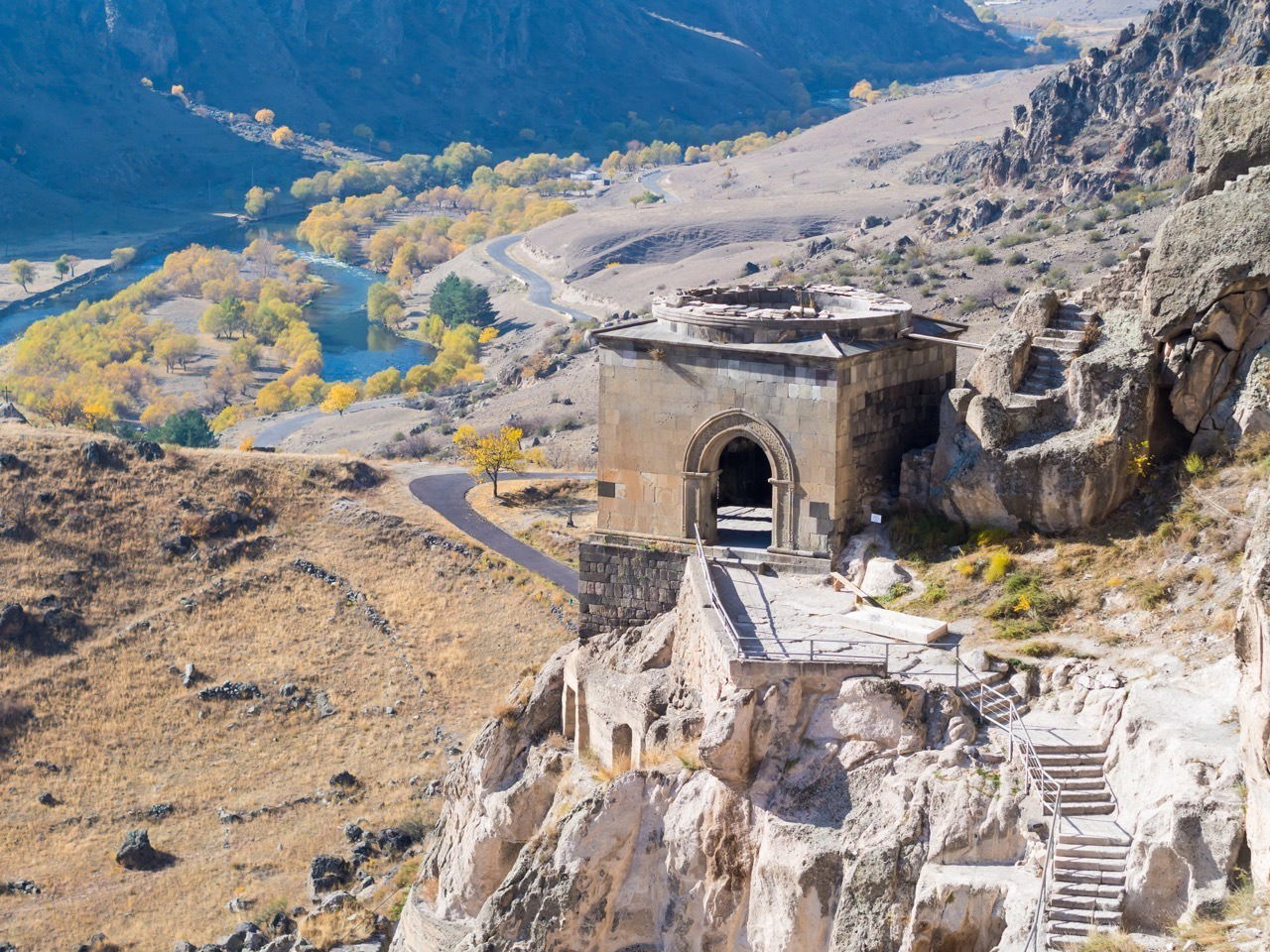
This is perhaps one of Georgia’s most interesting spots, though; you will have to travel out of your way (to a small village in central Georgia) to get there.
When you finally get there, you will be treated to a travel destination like you have never seen before; a 12th Century cave and tunnel system carved 17-stories high on a mountainside spanning nearly 500-meters in width.
The best part? You can traverse through these cave dwellings and imagine what life must have been like for these masterful excavators without virtually any tourists around you. We were here nearly alone — had the whole site to ourselves, and it is great for photographs!
Tbilisi’s Thermal Baths
Tbilisi is an incredible city with just about all the wonders you can imagine. Cross through the city’s Old Town, walk across its futuristic bridges, climb its nearby mountains or take the cable car to the top for splendid views of the city — or you can take a dip in the famous thermal baths in the capital city of Georgia.
Whatever you do, this city is bound to keep you busy for the duration of your stay. It is one of our favorite and most underrated Balkans destinations.
Batumi, Georgia

Georgia’s second-largest city, Batumi, is the capital of Adjara, an autonomous region in southwestern Georgia. This city of 160,000 people lies at the foot of the Lesser Caucasus Mountains and on the shore of the Black Sea. It’s the southernmost city in the Caucasian Riviera, an exceptionally popular Caucasus travel destination.
Like so many large Caucasus cities, Batumi also features a fascinating mix of old and new. There are the recently renovated 19th-century buildings in the Old Town, but also newly constructed high-rise structures. This is a place oozing history and culture while also not being immune to the temptations of modern times.
Sometimes referred to as the “Las Vegas of the Black Sea,” Batumi thrives on gambling and tourism. Additionally, other highlights are the beaches along Batumi Boulevard, Piazza Square, the Batumi Botanical Gardens, and the Alphabetic Tower.
Davit Gareja Cave Monastery, Georgia
Near Georgia’s southeastern border, in the Kakheti region, lies the phenomenal Davit Gareja Cave Monastery. This is a complex of hundreds of rock-hewn living areas, cells, chapels, churches, and refectories on the slopes of Mount Gareja.
In the 6th century, St. David Garejeli founded this monastery. It grew to become an important religious and cultural hub in this arid region. You can reach the caves on a hike. This is a rather remote and less frequently visited area, but you can get to nearby Udabno by bus from Tbilisi.
Gelati Monastery, Georgia
Georgia is home to countless historic churches and monasteries, but the most spectacular one might just be the Gelati Monastery. This medieval monastery complex dates from the early-12th century when King David IV of Georgia established it.
It’s considered a masterpiece of Georgia’s Golden Age, a collection of beautifully preserved churches and other buildings. Once a regional center for the arts, science, theology, and philosophy, it’s now a UNESCO World Heritage Site and one of Georgia’s top sights, a highlight on any Caucasus travel itinerary.
Svaneti Defensive Towers, Georgia
A highland region in northwestern Georgia, Svaneti is dotted with small mountain villages and townlets. A classic characteristic of those towns is their defensive towers, which are present in rather large numbers.
Arguably the best and easiest destination to visit in Svaneti is Mestia. Set at the foot of a massive mountain range, this ancient settlement is chock-full with those defensive towers, also called “Svan towers.” They’re essentially mini-castles, consisting of a house, an adjacent tower, and a few other buildings, all surrounded by a fortified wall. The towers are part of the Upper Svaneti UNESCO World Heritage Site.
The Mestia Historical-Ethnographic Museum is a must-visit attraction in Mestia. Additionally, it’s also an excellent base for mountaineering and hiking trips.
Baku, Azerbaijan
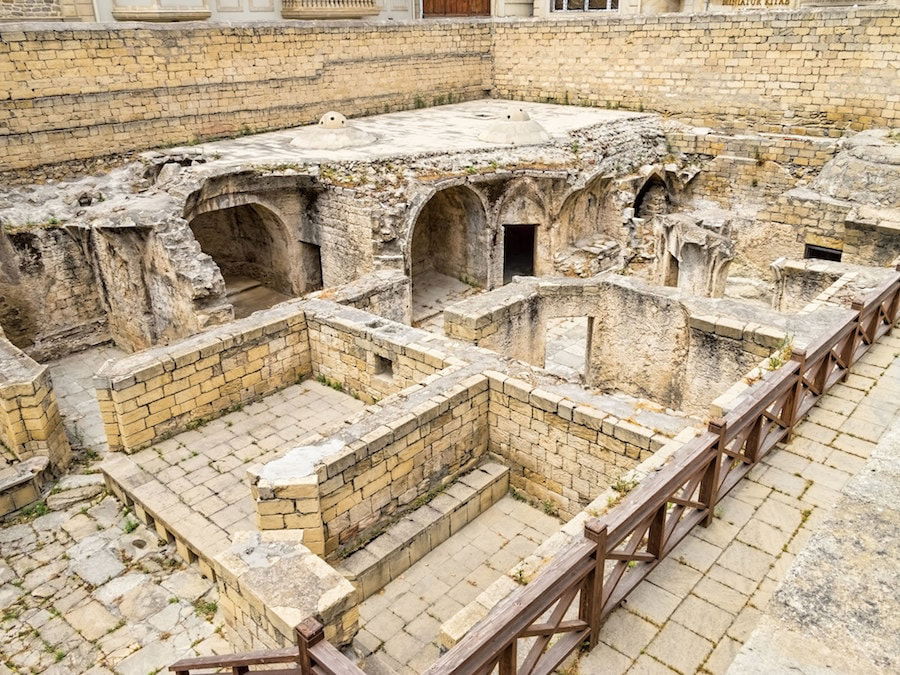
Azerbaijan’s capital is the largest city on the Caspian Sea coast and in the Caucasus, home to more than 2.2 million people. It also holds a fascinating world record—Baku is the lowest capital city globally, located 28 meters below sea level. Contrastingly, it’s one of the oldest and most modern cities in the Caucasus.
People have lived in this area for almost 3,000 years, which explains its enormous wealth of historic sites, ancient buildings and ruins, and fortresses. The Inner City of Baku with Shirvanshah’s Palace and the Maiden Tower has been a UNESCO World Heritage Site since 2000. Other highlights are the 13th-century Bibi-Heybat Mosque, the Fountains Square, and various old hamams.
Besides centuries-old architecture and excellent museums, Baku is also renowned for being a major oil hub. Surrounded by oil fields and the prosperity that results from that, Baku boasts some ultra-modern buildings, too. Great examples of those are the Azersu Tower, the Flame Towers, the Baku Crystal Hall, and the SOCAR Tower, the tallest building in the Caucasus region.
Gobustan Petroglyphs, Azerbaijan
The Gobustan Rocky Art Cultural Landscape is another UNESCO World Heritage Site and a major highlight in Azerbaijan. It encompasses three different areas on a rocky plateau in the arid center of the country.
The site boasts a magnificent collection of over 6,000 rock carvings, spanning a period of no fewer than 40,000 years. This unique rock art dates from the Neolithic Period to the Iron Age to as recent as the Middle Ages. It offers a remarkable insight into human history in Eurasia.
Sheki, Azerbaijan
Once an essential destination on the Silk Road in northwestern Azerbaijan, nowadays Sheki is one of the country’s prettiest towns. Cobbled streets crisscross the old city center, lined with medieval architecture.
Arguably the star attraction in Sheki is the Palace of the Sheki Khans. This late-18th-century building was the summer residence of the Sheki Khans who ruled this region from the mid-1700s to the early-1800’s. It’s an architectural masterpiece filled to the brim with ornate decorations, including Ottoman ceramics, wood from Russia, stained glass from France, and Iranian mirrors.
Other not-to-miss places in Sheki include the Sheki History Museum and the authentic 18th-century Karavansaray Hotel.
Yerevan, Armenia
Often called the friendliest and most laid-back major city in the Caucasus, Yerevan is a destination worth visiting. It’s also one of the oldest continuously inhabited cities on the planet, its history dating back to the 8th century B.C.
Yerevan is home to countless ancient buildings, institutions, museums, and superb restaurants and cafés. In 2012, the city was the UNESCO World Book Capital. Significant highlights include the St. Gregory Cathedral, bustling Tamanyan Street, the Katoghike Tsiranavor Church, Erebuni Fortress, and the History Museum of Armenia.
Additionally, Yerevan’s central location makes it an ideal base for day trips to other Armenian tourist attractions.
Khor Virap Monastery, Armenia
One of the most photographed places in Armenia, the Khor Virap Monastery, stands atop a hill in the Ararat Plain. It’s right at the border with Turkey—iconic Mount Ararat towers above the landscape in the background.
Khop Virap has been a vital monastery and pilgrimage destination for centuries. This is mainly because Gregory the Illuminator was held captive here by an Armenian king. Eventually, St. Gregory was taken from his cell to offer psychological aid to the king, who’d lost all sense of reason after Roman Emperor Diocletian (from Diocletian’s Palace in Split, Croatia) betrayed him. Gregory eventually became the king’s religious mentor. He’s the main reason why Armenia became the world’s first officially Christian nation in 301.
This is without question one of the greatest tourist attractions in Armenia and even in the Caucasus.
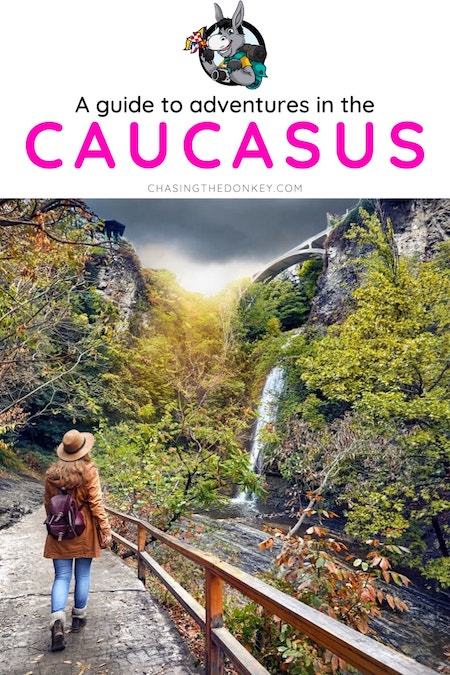
Echmiadzin Cathedral, Armenia
If you’re looking for top Caucasus travel highlights, Armenia’s Echmiadzin Cathedral is one of them—without a shadow of a doubt. Situated in the city of Echmiadzin (also called Vagharshapat), this was the very first cathedral ever constructed in the country. Many scholars consider it the world’s oldest cathedral, built in the early-300’s by Gregory the Illuminator, the patron saint of Armenia.
It’s the most important building for Armenian Christians worldwide, also quite significant culturally and politically. UNESCO designated the Echmiadzin Cathedral World Heritage in 2002 together with many other early-medieval religious buildings in the area.
Dilijan National Park, Armenia
One of a handful of national parks in Armenia, Dilijan National Park is a lush and green area in the northeastern part of the country. Formerly a national nature reserve, its designation was changed to a national park in 2002.
While much of the rest of the Caucasus landscape is either rugged mountains or arid plateaus, this is an oasis of forests, mineral water springs, abundant fauna, and flora. Of course, there are also several cultural and historical sites to visit.
A dense network of hiking trails lets visitors explore this peaceful area up-close, giving them the chance to spot some local wildlife. Plenty of birds thrive here, including golden and bearded eagles and black grouse. Mammals, too, are present in large numbers. They include everything from wild cats and red deer to wolves and even brown bears.
Mount Elbrus, Russia
Reaching 5,642 meters toward the heavens, Mount Elbrus is the highest mountain in Europe and the world’s tenth most prominent mountain peak. It’s located in the western part of the Russian Greater Caucasus Mountains near Georgia’s border.
Elbrus is a two-summit mountain, both of which are dormant volcanoes. Visiting this enormous mountain is the privilege only of mountaineers and scientists. There are virtually no public tourist facilities on the mountain. Yet, if you’re in the region, it’s worth seeing it towering in the distance.
Dombay Ski Resort, Russia
If you’d like to enjoy some winter sports near Mount Elbrus, the best place to go to is the Dombay Ski Resort (sometimes also spelled Dombai). This is a major winter sports resort in this part of Russia, visited by both Russians and foreign tourists alike. Don’t expect Alps-quality facilities here, though. Although the runs on both the lower and high slopes are pretty great, the chairlifts are reported to be quite old.
However, if you’re feeling like a “pioneering” ski experience and visiting a less-obvious winter destination, this is definitely a fun and affordable option. Moreover, this is Russia, so the aprės-ski is nothing short of world-class.
Sochi, Russia
Sochi is a major city in Krasnodar Krai, one of the numerous federal subjects or border territories in Russia. This is the westernmost part of the Greater Caucasus; the city is located on the Black Sea coast, not too far from those very mountains.
This is the premier seaside tourist resort in the Russian part of the Caucasian Riviera. Moreover, this is the only large city in Russia that enjoys a subtropical climate. The city lies at the same latitude as the Italian and French Rivieras.
It’s a popular vacation destination among Russia’s elite and celebrities. There are plenty of attractions here. There are also several lush parks and grand Stalinist architecture in addition to palm tree-lined promenades and pebble and sand beaches.
Sochi is also well-known for hosting the 2014 Winter Olympics, most of which took place in the nearby Greater Caucasus Mountains. It was also a host city during the FIFA World Cup in 2018.
Move This Adventure To Your Inbox & Get An Instant Freebie

No spam. Unsubscribe at any time.
Visas For Caucasus Travel

The four Caucasus countries have different visa requirements. Two of them, Armenia and Georgia, don’t require a visa to enter, while the other two, Armenia and Russia, do.
Armenia Travel Visa
Armenia has a very liberal visa policy. Basically, visitors from 45 countries don’t need a visa at all when visiting Armenia. They can stay in the country legally for up to 180 days. Those countries include all Western countries and several others:
- All EU countries
- Switzerland
- Norway
- Liechtenstein
- USA
- Canada
- New Zealand
- Australia
- South Korea
- Singapore
- And many more
You can find a full list of exempted countries and more information on Armenia’s Ministry of Foreign Affairs website.
Georgia Travel Visa
Georgia’s visa policy is even more liberal than Armenia’s. Citizens of no fewer than 98 countries do not need any visas or residence permits to enter, live, study, or work in Georgia for up to one year. Citizens of 50 other countries can also enter Georgia visa-free under certain conditions. This pretty much covers all countries in the world. If you live in the following countries, you can simply hop on a plane and fly to Georgia:
- All EU countries
- Turkey
- Norway
- Switzerland
- Japan
- Israel
- Serbia
- Bosnia and Herzegovina
- USA
- Canada
- Australia
- New Zealand
- Russia
- Brazil
- And many more
See the full list of visa-exempt countries on the Ministry of Foreign Affairs of Georgia website.
Azerbaijan Travel Visa
Unlike Armenia and Georgia, if you want to visit Azerbaijan, it’s almost a certainty that you will need a visa. Luckily, obtaining a tourist visa for Azerbaijan is a piece of cake. You can conveniently do that online via their Official Electronic Visa Portal.
Note that, although several countries’ citizens can also get a visa upon arrival, it’s definitely worth doing that online in advance. For example, American citizens can only obtain a 30-day visa upon arrival if they arrive on a direct flight from New York City with Azerbaijan Airlines. Just give yourself some peace of mind and get your paperwork in order before leaving home.
There are several countries, however, that are exempt from getting an Azerbaijan tourist visa. They can enter visa-free:
- Belarus
- Georgia
- Kazakhstan
- Kyrgyzstan
- Moldova
- Russia
- Tajikistan
- Ukraine
- Uzbekistan
Russia Travel Visa
Perhaps not surprisingly, Russia is the most difficult of the four Caucasus countries to enter. In general, you can assume that you will need to apply for a Russian tourist visa. Moreover, you can expect to have to file a decent amount of paperwork, too.
The most clear-cut and best outlined Russian visa application process we could find online was written by none other than Rick Steves, arguably the world authority on traveling in Europe.
Caucasus Travel: Areas In The Caucasus To Avoid
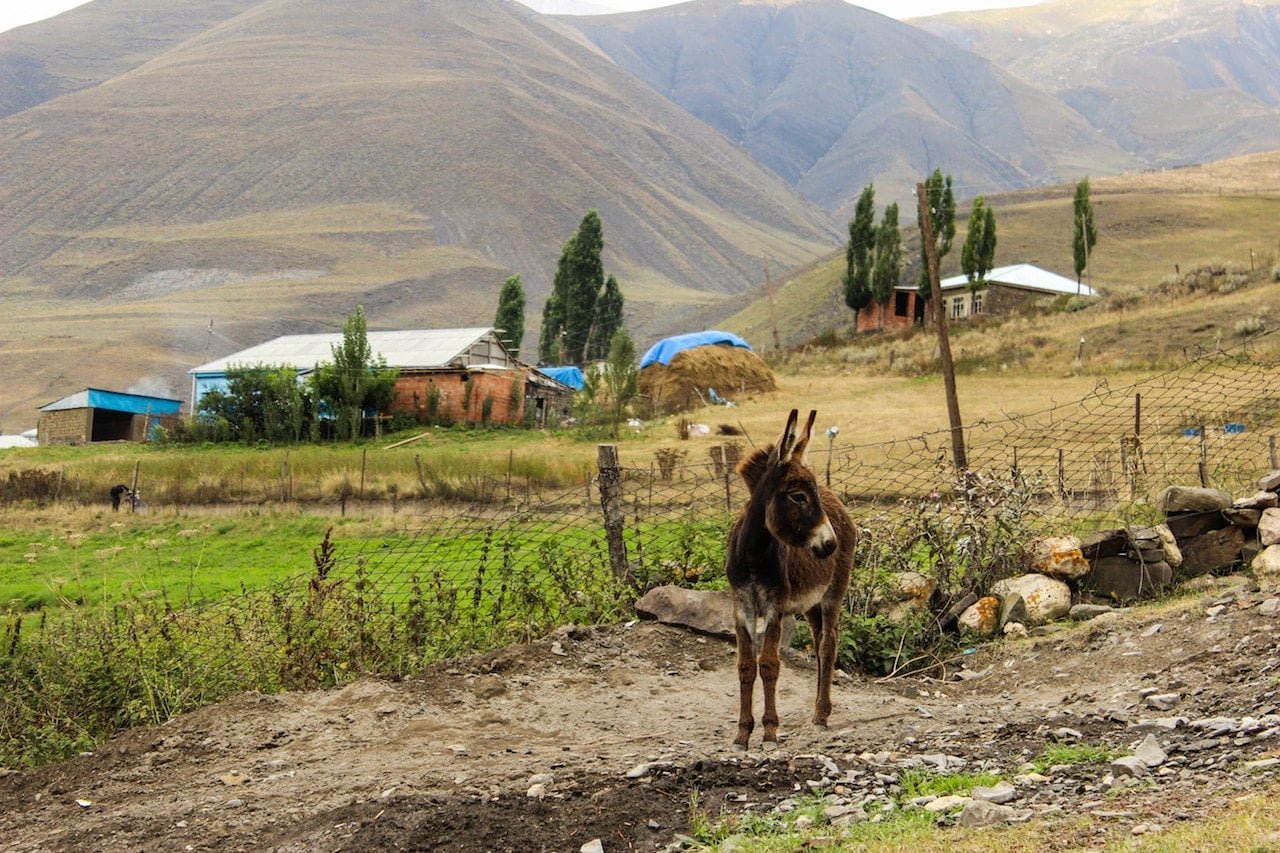
There are a handful of areas that you should avoid when traveling in the Caucasus. These places either claim their independence or are autonomous and quite turbulent. Because of the exceptional cultural and ethnic diversity in the Caucasus countries, some areas are still working out centuries-old rivalries.
Georgia Safety
There are two disputed areas in Georgia—South Ossetia in the central-north of the country and Abkhazia in the far northwest. Both should be avoided. That said, however, the rest of Georgia is as safe as elsewhere in Europe. In fact, excluding those two disputed areas, Georgia has one of the lowest crime rates in Europe.
Armenia And Azerbaijan Safety
Another area that you should stay clear of is Artsakh, also known as Nagorno-Karabakh. This is a de facto independent region on the southern border between Armenia and Azerbaijan. Although the population is mostly Armenian, the international community recognizes it as a part of Azerbaijan. Both countries are still officially at war over this territory. But outside of that particular area, there are no serious safety concerns in either country.
Caucasian Russia Safety
On the Russian side of the Caucasus, you really don’t want to go to Chechnya. This area has been on the news for more than a decade because of its rebel warfare and terrorist attacks. Neighboring Dagestan is also subject to some overflowing violence from Chechnya. In this part of Russia, it’s best to stick to the coastal areas on the Black Sea and the western Greater Caucasus Mountains.

